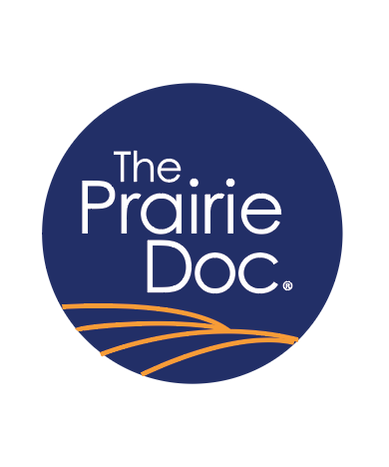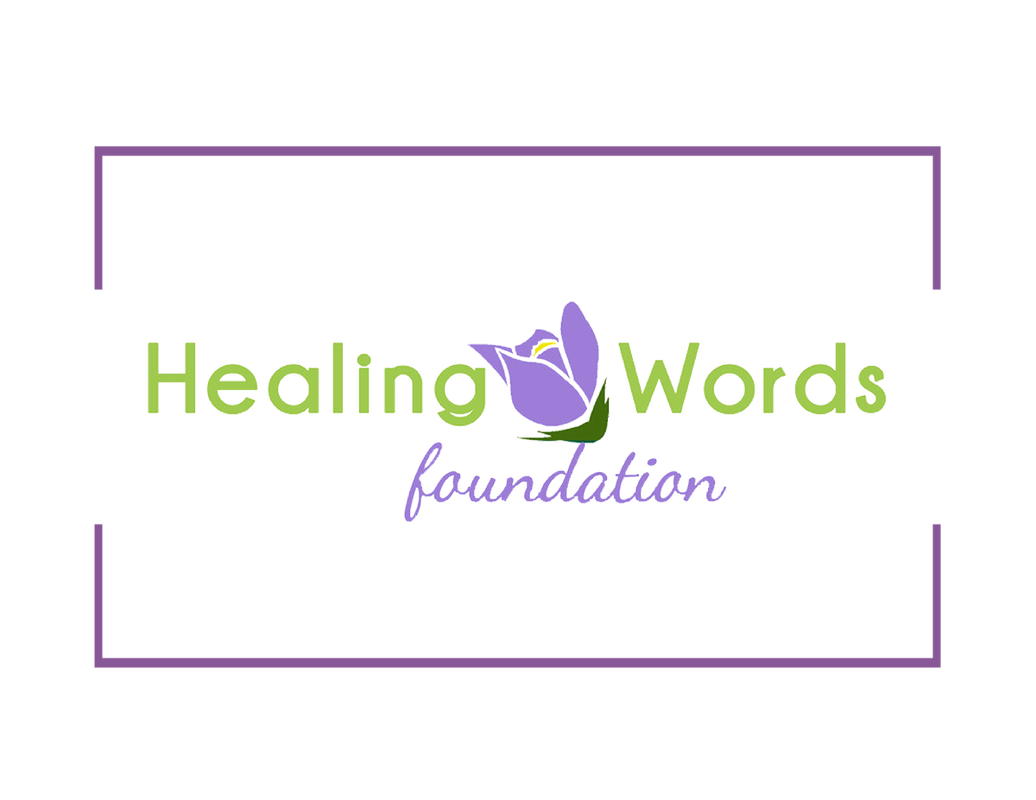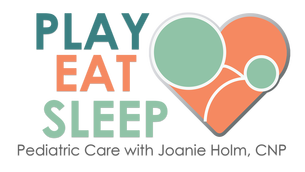Grandpa Was at PeaceBy Andrew Ellsworth, M.D.
My last conversation with Grandpa was over the phone. He was sick and dying. I was 1,200 miles away in residency, learning how to be a family physician. I was not going to make it home in time to see him one last time. We did not know exactly what was wrong. Sure, he could have had more tests and been admitted into the hospital, but that was not what he wanted. Thankfully, a family friend and physician had talked to my grandparents about their end-of-life goals. This discussion helped Grandpa realize what was important to him, like his faith and being with Grandma, and what was not, like spending time in doctor’s offices and hospitals. Even though I was a physician in training, I supported his choice. He was in a peaceful place, listening to music, talking with Grandma and other friends and family. Most people want to die at home. However, only 20 percent do. When it comes to dying, some advance planning may make a world of difference. It does not require an official document or appointment with a lawyer to make plans for how you would like to spend your final days. It does not even necessitate a visit with your doctor, although all the above may help. The most important thing is talking to your loved ones about your wishes and goals of care. How do you know when to have this talk, how to bring up the topic, and what to say during the conversation? How and when do you say “enough is enough” when it comes to searching for a cure, a surgery, a treatment, or spending a few more nights in the hospital? Discussing these questions may not be easy, but it is more productive and less stressful to have the conversation now rather than during a crisis. Start with scheduling an appointment with your doctor for the sole purpose of talking about your end-of-life goals, expectations, and values. Then, together, adjust your care plan accordingly. Revisit these discussions periodically with your family and your healthcare providers. It was tough not being there with Grandpa, but he was at peace, so I was at peace. This past year, many others have had to say goodbye remotely or did not even have the chance. This is a reminder for us all to have meaningful conversations, to tell our loved ones how much they mean to us, and to cherish the time we do have together. Andrew Ellsworth, M.D. is part of The Prairie Doc® team of physicians and currently practices family medicine in Brookings, South Dakota. For free and easy access to the entire Prairie Doc® library, visit www.prairiedoc.org and follow Prairie Doc® on Facebook featuring On Call with the Prairie Doc® a medical Q&A show streaming on Facebook and broadcast on SDPB most Thursdays at 7 p.m. central. Did you Get the Message?By Andrew Ellsworth, M.D.
We all know the feeling. You ate too much, and now your stomach is letting you know about it. Or maybe you ate some junk food, and now you don’t feel well. How is it that another slice of pizza one moment seems like exactly what we want, but later we realize it was not what we needed? In the simplest of terms, it comes down to hunger and cravings. The message for hunger is initiated by the body. When our stomach is empty, and our blood sugar and insulin levels begin to drop, our bodies release the hormone ghrelin and send it to the hypothalamus in our brains resulting in a desire to eat. Cravings, however, are entirely controlled by our brain. Fatty and sugary foods help release feel-good opioids and dopamine in our brains. The message in this case is a misapplied sense of reward. Our bodies, especially the gastrointestinal system, respond directly to what we put into them. Many common problems like abdominal pain, heartburn or reflux, constipation, and diarrhea are often directly caused by our diet. Other conditions like irritable bowel syndrome and Celiac disease can also be treated by a change in diet. Cutting down on processed meats and processed carbohydrates may help decrease your risk of colon cancer. Thus, when it comes to filling our hungry stomachs with healthy options, there are ways to overpower the feel-good cravings from our brains. First, turn off the TV. Plenty of studies have shown we eat more than we ought to with the TV on. That goes for your phone, too. Second, slow down. Savor your food. Give your body time to send the signals from your digestive tract to your brain that you’ve had enough. Third, drink water while you eat. Room temperature water is best for digestion. Also, we often misinterpret being thirsty for being hungry. Having a glass of water before you eat can help satisfy your thirst and help you eat less. Fourth, eat with someone in person, via Zoom or phone call. When you eat with someone you are more likely to make healthier choices and eat slower. Our bodies know what is good for us. We just need to understand the messages. Next time you have a craving, or think you feel hungry, rather than automatically eating more, take time to assess your situation. If you discover you are tired, stressed, sad, angry, or lonely, appreciate your new self-awareness and explore behaviors other than eating that could better satisfy your needs. If what you are feeling truly is hunger, give your body what it really wants: a healthy diet. Andrew Ellsworth, M.D. is part of The Prairie Doc® team of physicians and currently practices family medicine in Brookings, South Dakota. For free and easy access to the entire Prairie Doc® library, visit www.prairiedoc.org and follow Prairie Doc® on Facebook featuring On Call with the Prairie Doc® a medical Q&A show streaming on Facebook and broadcast on SDPB most Thursdays at 7 p.m. central. Grandmother's Love Surpasses Back PainBy Tyler A. Ptacek, M.D.
Back pain can be disabling, not only in terms of employment but also in terms of social connections. This point was never more clear to me than when I saw Maria, a 56-year-old experiencing severe low back pain for nearly five years. The pain prevented her from standing or walking for more than five minutes at a time and had cost her the job she loved. Maria shared with me her one heart-wrenching goal; she wanted to hold her first grandchild, a six-month-old baby boy. Doing so had caused pain so intense it put her in bed for a full day afterwards. At our first visit, we discussed the treatments she had exhausted with no relief. Pain pills had severe side effects. She tried numerous steroid injections which seemed to help for several weeks, but the pain returned as did her disability. These "quick fixes" were not only failing to relieve her pain but were causing other health issues. She was diagnosed with osteopenia and pre-diabetes; both are known risks of prolonged steroid use. She had been told there were no other options for her. I reviewed her medical history and immediately noticed a glaring treatment deficit; she had never been to physical therapy. After six weeks of physical therapy and a trial of some basic non-opioid medications, she was able to lose weight and developed a home routine to decrease the pain significantly, but one problem remained. She still could not pick up her grandchild without severe pain. We ordered new imaging and found arthritis in the small, paired joints in the back of the lumbar spine, plus inflammatory disc/bone problems in the front of the low back structure. This is a well-known phenomenon called “Modic endplate changes.” For perhaps the first time, Maria received a full explanation of her imaging and learned what was causing her pain. We treated her L4 and L5 Modic changes with an outpatient, minimally invasive procedure which targets the basivertebral nerve. This treatment has the potential to provide a permanent cure for pain related to this specific problem. Maria’s recovery process was mostly anesthesia-related, and she had 80 percent relief of the pain within two weeks. At her three-month follow-up appointment, she had tears of joy as she told me how wonderful it was to hold her now one-year-old grandson! This is why I am a pain doctor, not only to relieve pain, but to restore function and help patients achieve their basic life goals. Life is about the little things that most of us take for granted, whether it is standing, walking or holding our grandkids. Tyler A. Ptacek, M.D. is a contributing Prairie Doc® columnist and a guest this week on the Prairie Doc® television show. He practices in Rapid City, South Dakota as a board certified and fellowship-trained interventional pain physician. For free and easy access to the entire Prairie Doc® library, visit www.prairiedoc.org and follow Prairie Doc® on Facebook featuring On Call with the Prairie Doc® a medical Q&A show streaming on Facebook and broadcast on SDPB most Thursdays at 7 p.m. central. The Healing Power of ArtBy Jill Kruse, D.O.
Artists and medical personnel both know the importance of art. The famous nurse Florence Nightingale once said, “Variety of form and brilliancy of color in the object presented to patients are an actual means to recovery.” Elaine Poggi, Founder of the Foundation for Photo/Art in Hospitals agrees and stated “The mood changes when our beautiful nature photos are placed on the walls, providing color, comfort, and hope to patients, caregivers, and loved ones.” Before COVID, the walls of my exam rooms featured some of my favorite art. Each room had a different, deliberately chosen theme. One theme was photographs of the Grand Tetons and Canyon De Chelle taken by Ansel Adams. Canyon De Chelle is on the Navajo reservation where I did a rotation as a resident. Another room was filled with an Asian mural and photographs of my time in South Korea when I was a student ambassador for SDSU at their sister school in Taejon, South Korea. My third exam room had circus posters and pictures of Baraboo, Wisconsin, hometown of the Ringling Brothers, and the location where I did my residency training. The art helped break the ice with patients and allowed me to share a special part of myself and my life with them. It also provided my patients with something to look at while waiting for me to come into the room. It gave us something to talk about other than their illness or why they came to the doctor that day. As part of the discussion, I learned about my patients’ travels, their love of photography, or memories of going to the circus as a child. Each picture was an opportunity to share a common bond. COVID forced those pictures off the walls and into storage. The rooms were stripped of anything extraneous that could potentially become contaminated. My exam room walls are now blank and sterile; the rooms seem a little colder and less inviting. There is less color and joy in the rooms. Without art, we tend to jump into the clinic visit topic without first connecting as people. I didn’t realize what a big difference the loss of art on the walls could make until it was gone. Dr. Rachel Naomi Remen said “At the deepest level, the creative process and the healing process arise from a single source. When you are an artist, you are a healer: a wordless trust of the same mystery is the foundation of your work and its integrity.” Photographer Prakash Ghai explained it much more succinctly when he stated, “Art heals both the creator and the viewer.” I miss my art and cannot wait until I can once again hang some healing on my exam room walls. Jill Kruse, D.O. is part of The Prairie Doc® team of physicians and currently practices family medicine in Brookings, South Dakota. For free and easy access to the entire Prairie Doc® library, visit www.prairiedoc.org and follow Prairie Doc® on Facebook featuring On Call with the Prairie Doc® a medical Q&A show streaming on Facebook and broadcast on SDPB most Thursdays at 7 p.m. central. |
Archives
July 2024
Categories |
 RSS Feed
RSS Feed


